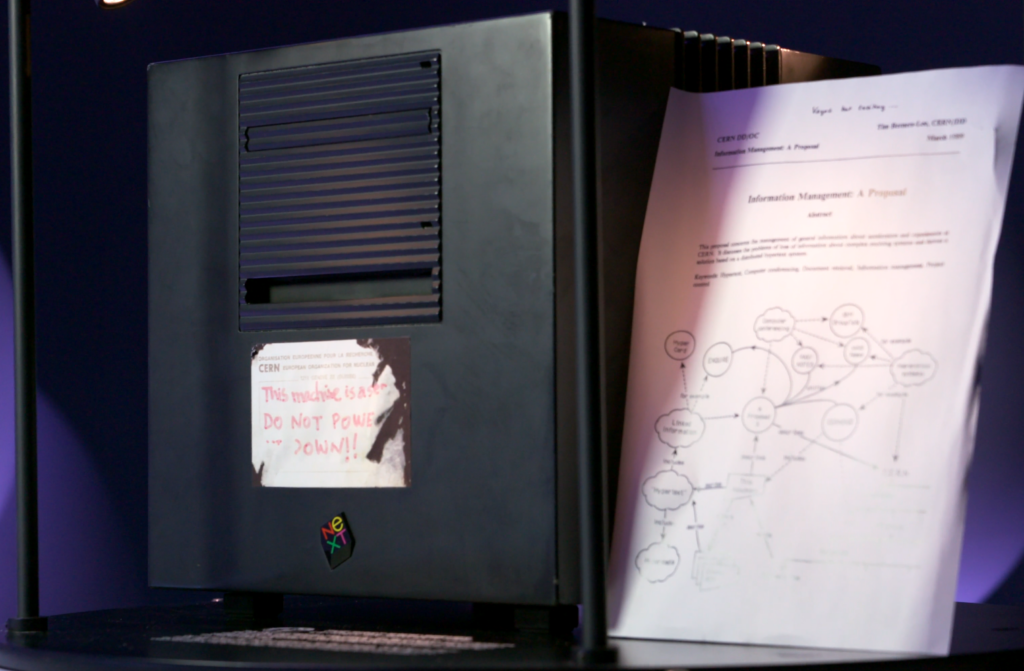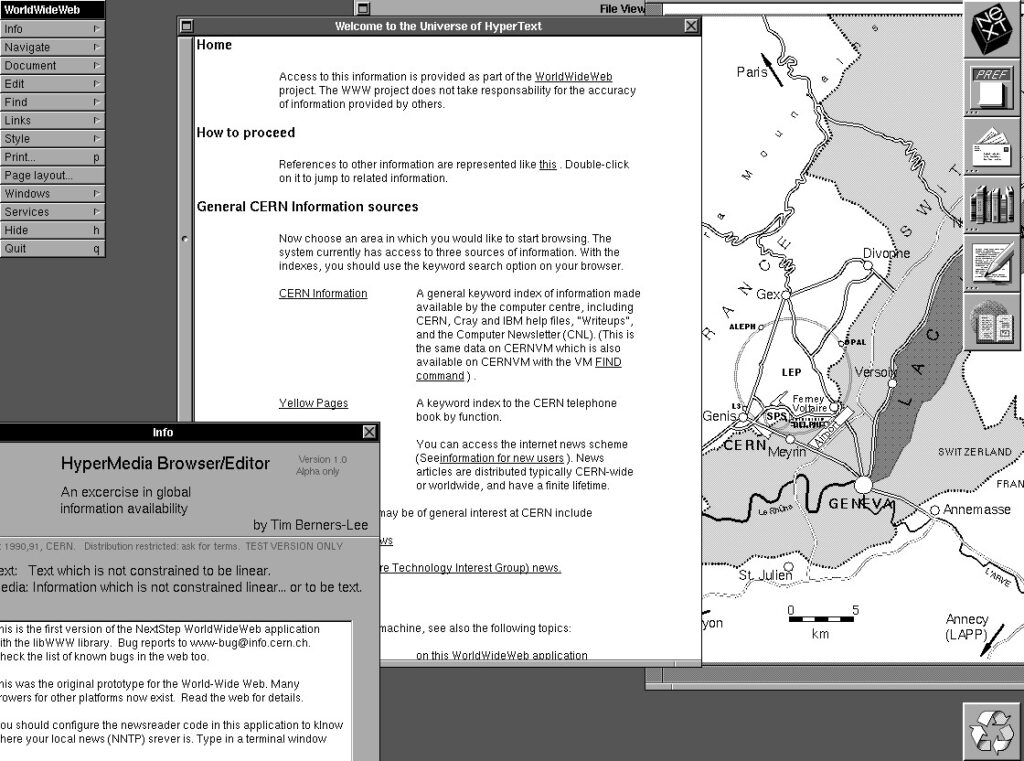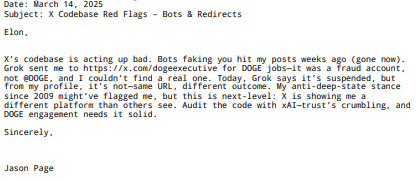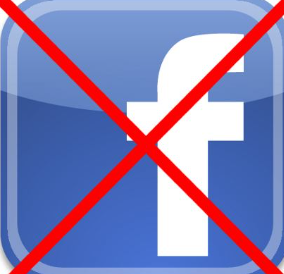Tim Berners-Lee, with Robert Cailliau’s support, birthed the World Wide Web and its first browser at CERN, initially serving as a hypertext document system. Their work evolved into the global WWW through open standards and broader adoption. HTML, created by Berners-Lee, grew from a simple markup language into a cornerstone of the Web, standardized by the W3C, which Berners-Lee founded to ensure the Web’s coherence and accessibility. Today’s WWW reflects their foundational vision, expanded by decades of innovation and collaboration.

Tim Berners-Lee, a British computer scientist, and Robert Cailliau, a Belgian engineer and computer scientist, played pivotal roles in the development of the World Wide Web (WWW). Their collaboration at CERN, the European Organization for Nuclear Research, laid the groundwork for one of the most transformative technologies of the modern era.

Tim Berners-Lee and Robert Cailliau’s Involvement
Tim Berners-Lee first proposed the concept of the World Wide Web in 1989 while working at CERN. His idea was to create a system that would allow researchers to share and link information across a global network using hypertext. At the time, CERN was a hub of international collaboration, and its scientists needed a way to access and distribute documents efficiently across different computer systems.
Robert Cailliau, who was also at CERN, became an early and enthusiastic supporter of Berners-Lee’s vision. Cailliau, with his background in systems engineering and interest in human-computer interaction, collaborated with Berners-Lee to refine and promote the project. In 1990, they co-authored a revised proposal titled “WorldWideWeb: Proposal for a HyperText Project,” which outlined the technical framework for the Web, including the use of hypertext to link documents and a client-server model for accessing them.
Berners-Lee wrote the initial software for the WorldWideWeb (one word, as it was originally named), which served as both the first web browser and editor. He developed it on a NeXT computer, leveraging its advanced graphical interface. Cailliau contributed by helping to evangelize the project within CERN, securing resources, and later assisting in the development of subsequent browser versions. While Berners-Lee was the primary architect, Cailliau’s role was crucial in shaping the project’s early direction and ensuring it gained traction.
The first version of the WorldWideWeb browser, released in 1990, allowed users to view and edit hypertext documents. It functioned as a proof-of-concept, demonstrating how linked documents could be accessed over the internet using a protocol Berners-Lee developed called HTTP (HyperText Transfer Protocol) and a naming system called URLs (Uniform Resource Locators). This browser was initially limited to CERN’s internal network and ran only on NeXT systems, but it marked the birth of the Web.
Evolution into the Modern WWW
The WorldWideWeb browser’s original function was to provide a simple, user-friendly way to navigate and edit hypertext documents. However, its scope was limited by its platform and lack of widespread accessibility. In 1993, the release of the Mosaic browser, developed by Marc Andreessen and Eric Bina at the National Center for Supercomputing Applications (NCSA), marked a turning point. Mosaic introduced a more intuitive graphical interface and support for images, making the Web accessible to a broader audience. This shift catalyzed the Web’s transformation from a niche academic tool into a global phenomenon.
Berners-Lee and Cailliau’s early work evolved as the underlying technologies—HTTP, URLs, and HTML (HyperText Markup Language)—were refined and standardized. The decision to make the Web’s foundational technologies freely available, without patents or royalties, was instrumental in its rapid adoption. By the mid-1990s, commercial browsers like Netscape Navigator and Internet Explorer emerged, driving exponential growth in Web usage. The WWW as we know it today became a multimedia platform supporting everything from text and images to video, e-commerce, and dynamic applications, far beyond its original document-sharing purpose.
Development of HTML
HTML was created by Tim Berners-Lee in 1990 as the Web’s foundational markup language. Inspired by SGML (Standard Generalized Markup Language), a complex document structuring system, Berners-Lee simplified it into a lightweight format for linking and formatting text. The first version of HTML was minimalistic, with fewer than 20 tags (e.g., `<p>` for paragraphs, `<a>` for hyperlinks), designed to be easy to implement and parse.
As the Web grew, HTML evolved through contributions from the broader community. Early browser developers, like those behind Mosaic and Netscape, introduced new tags and features (e.g., `<img>` for images), often in an ad hoc manner. This led to inconsistencies, prompting the need for standardization.
The W3C and Standardization of HTML
The World Wide Web Consortium (W3C) was founded by Tim Berners-Lee in 1994 to oversee the Web’s development and ensure its interoperability. Established at MIT in collaboration with CERN and other institutions, the W3C became the central authority for defining Web standards, including HTML. Berners-Lee, recognizing that the Web’s success depended on universal compatibility, aimed to create an organization that could coordinate efforts among industry, academia, and developers.
The W3C’s role as an “appropriator and overseer” emerged organically. By the mid-1990s, competing browsers were implementing proprietary HTML extensions, risking fragmentation. The W3C stepped in to formalize HTML specifications, releasing HTML 2.0 in 1995 as the first standardized version. Subsequent iterations, like HTML 3.2 (1997) and HTML 4.0 (1998), incorporated community input and addressed the growing complexity of Web content.
The W3C operates as a consensus-driven body, with working groups comprising experts from tech companies (e.g., Microsoft, Google), academia, and other stakeholders. It doesn’t enforce standards legally but relies on its authority and the industry’s desire for compatibility. Over time, the W3C expanded its scope to include CSS, JavaScript standards, and accessibility guidelines, shaping the modern Web. HTML5, finalized in 2014, reflects this evolution, supporting multimedia and interactive applications while maintaining backward compatibility.
Images and media screen-cap from CERN’s media archive:
https://home.cern/resources/image/computing/world-wide-web-images-gallery
![]()





